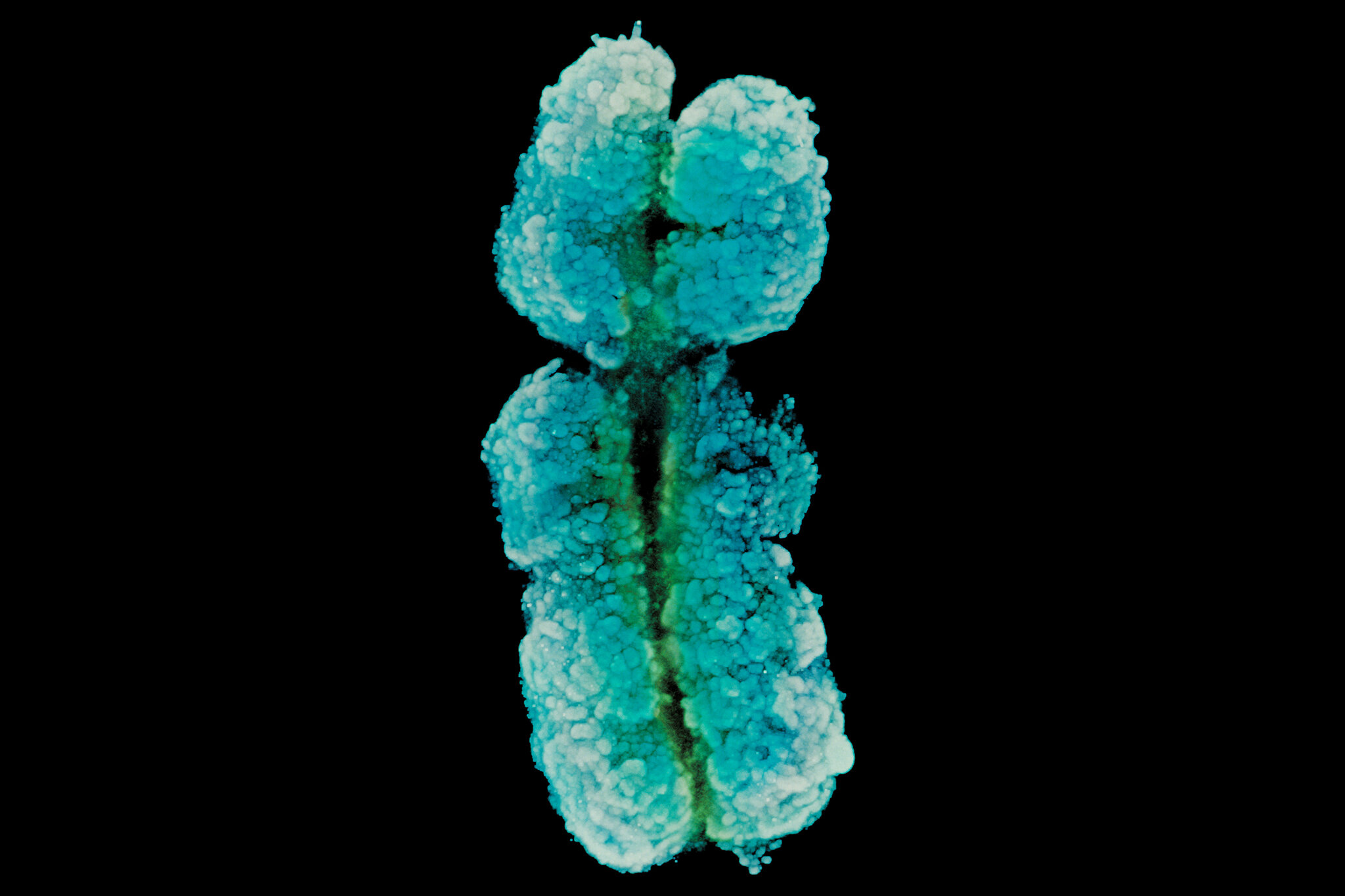
The disproportionate incidence of autoimmune diseases across the sexes presents a compelling biological conundrum, one where the intricate machinery of the immune system appears to harbor a systemic bias. For conditions like Systemic Lupus Erythematosus (), Sjögren’s Syndrome, and Hashimoto’s thyroiditis, the female-to-male ratio can skew dramatically, often exceeding four-to-one, turning what should be a defense mechanism against foreign invaders into an internal aggression against self-tissues. Unraveling the fundamental reasons for this disparity requires moving beyond simplistic generalizations and delving into the complex interplay of genetics, endocrinology, and immunological mechanisms that are inherently sex-specific. The current consensus in immunobiology does not point to a singular cause, but rather a convergence of factors that, when combined, push the female immune system towards a state of heightened responsiveness that carries an increased risk of self-reactivity and subsequent pathology. This heightened vigilance, while potentially conferring an evolutionary advantage in reproductive health, inadvertently increases the likelihood of a catastrophic failure in immunological tolerance.
…the intricate machinery of the immune system appears to harbor a systemic bias.
A primary hypothesis for the pervasive female bias centers on the profound influence of sex hormones, specifically the differential effects of estrogens and androgens on immune cell function. Estrogens, which are present in higher circulating concentrations in pre-menopausal women, are generally understood to be immunoenhancing or immunostimulatory. Immune cells, including and
lymphocytes, as well as macrophages, express receptors for estrogen, and the binding of this hormone has been shown to promote the survival and activation of these cells, often leading to increased antibody production and a more robust inflammatory response. Conversely, testosterone, the dominant androgen in males, tends to exert an immunosuppressive effect, acting as a dampener on many of these inflammatory pathways. The cyclical fluctuation of estrogen and progesterone throughout the menstrual cycle, and the dramatic hormonal shifts during pregnancy and menopause, further contribute to a state of immune dynamism in females, providing multiple periods of potential immune dysregulation that can act as a trigger for autoimmune onset or flare-ups.
Estrogens, which are present in higher circulating concentrations in pre-menopausal women, are generally understood to be immunoenhancing or immunostimulatory.
Beyond the endocrine environment, the inherent genetic difference encoded by the sex chromosomes introduces a fundamental layer of distinction in immune function. Females possess two chromosomes (
), while males have one (
). To equalize the dosage of
-linked gene products between the sexes, one of the
chromosomes in female somatic cells undergoes a process called
-chromosome inactivation (
), a random yet profound epigenetic event that silences the vast majority of genes on that chromosome. However, this inactivation process is not always complete; a significant subset of genes, many of which are crucial immune regulators like the
receptor
(
), “escape” silencing. This phenomenon of incomplete
can lead to a slight overexpression of certain immune-associated proteins in females, effectively increasing the genetic dosage of these elements. A crucial line of evidence supporting this “double
” mechanism is the observation that men with Klinefelter syndrome (
), who also possess an extra
chromosome, have an increased susceptibility to
similar to that seen in women, implicating the number of
chromosomes rather than hormonal profile as the core driver in certain instances.
…a significant subset of genes, many of which are crucial immune regulators like the receptor (), “escape” silencing.
Another intricate genetic mechanism contributing to female bias involves the concept of skewed -chromosome inactivation. Since
is generally random, each female cell typically inactivates either the maternal or paternal
chromosome in approximately equal proportions. If, however, there is a mutation or variation on one
chromosome that predisposes to autoimmunity, a non-random, or “skewed,” pattern can emerge where cells that retain the susceptible
chromosome as the active one gain a selective advantage. This process can theoretically lead to a greater proportion of immune cells expressing the high-risk, immune-dysregulating genes, thereby lowering the threshold for the development of autoimmunity. This phenomenon remains an area of active research, but it offers a plausible explanation for why genetic predispositions residing on the
chromosome might be more potently expressed or selected for in the female immune system.
This process can theoretically lead to a greater proportion of immune cells expressing the high-risk, immune-dysregulating genes, thereby lowering the threshold for the development of autoimmunity.
On a cellular level, the immune system of healthy females exhibits several physiological distinctions that translate to a more vigorous response. Females generally have higher baseline levels of circulating immunoglobulins and a more robust primary antibody response to vaccination compared to males. This general enhancement in humoral immunity, largely driven by the cells, while beneficial for clearing infectious pathogens, also elevates the inherent risk of producing autoantibodies—antibodies that mistakenly target the body’s own tissues. Furthermore,
cell populations in females often display increased proliferation and cytokine production, leading to a potentially faster and more pronounced inflammatory reaction. This heightened reactivity means that when immunological tolerance fails, the resulting autoimmune attack is often more aggressive or systemic in nature, which is particularly evident in diseases like
and rheumatoid arthritis.
This general enhancement in humoral immunity, largely driven by the cells, also elevates the inherent risk of producing autoantibodies…
The intersection of genetic susceptibility and hormonal influence is further modulated by epigenetic mechanisms, the processes that alter gene expression without changing the underlying sequence. These modifications, which include
methylation and histone modification, are known to be sensitive to circulating hormone levels and environmental cues. For instance, specific patterns of
hypomethylation in
cells have been observed in female patients with
, a change that leads to the overexpression of certain immune genes and a loss of self-tolerance. Since estrogen receptors are present on immune cells, the continuous, cyclical exposure to varying estrogen concentrations can subtly affect the epigenetic landscape of these cells over time, potentially driving the cumulative risk profile that manifests later in life as a clinically recognizable autoimmune disease.
…the continuous, cyclical exposure to varying estrogen concentrations can subtly affect the epigenetic landscape of these cells over time…
Environmental factors and their interaction with the sex-specific immune system also play a contributing role in the female bias, though the precise mechanisms are still being elucidated. Exposure to certain environmental agents, such as silica dust, smoking, or even specific occupational chemicals, has been linked to the development or exacerbation of autoimmune conditions. While some exposures are gender-neutral, cultural or societal differences in lifestyle often lead to distinct exposure profiles between men and women. More critically, the way the female immune system reacts to these external triggers is distinct; for example, the viral hypothesis suggests that a preceding infection might trigger autoimmunity, but the hyper-responsive female immune system may be more prone to the sustained, inappropriate reaction that ultimately transforms infection-induced inflammation into a self-directed, chronic autoimmune process.
…the hyper-responsive female immune system may be more prone to the sustained, inappropriate reaction that ultimately transforms infection-induced inflammation into a self-directed, chronic autoimmune process.
The microchimerism hypothesis offers another specialized, female-specific mechanism, rooted in the biological event of pregnancy. During gestation, a small number of fetal cells can migrate across the placenta and become permanently integrated into the mother’s tissues, persisting for decades post-delivery. This presence of genetically foreign cells—or microchimerism—is normally benign, but it introduces a novel source of antigenic material to the maternal immune system. It has been theorized that a persistent immune response against these foreign fetal cells may, in certain genetically susceptible women, cross-react with the mother’s own tissues, thereby initiating or contributing to an autoimmune cascade. This mechanism is inherently unique to biological mothers and is an important consideration for the onset of certain diseases, such as systemic sclerosis, which show associations with pregnancy history.
This presence of genetically foreign cells—or microchimerism—is normally benign, but it introduces a novel source of antigenic material to the maternal immune system.
Furthermore, emerging research points towards the sex-specific differences in the gut microbiota, which is known to significantly modulate systemic immunity. The composition and diversity of the gut microbiome have been linked to sex hormone levels, suggesting that the female hormonal profile may foster a microbial environment that is either more inflammatory or less effective at maintaining immune tolerance than the male-dominant microbial landscape. Dysbiosis, or an imbalance in the gut flora, is a known trigger in many autoimmune conditions, and if the baseline female environment is more prone to a reactive or dysregulated microbial state due to hormonal fluctuations, this could represent an indirect, yet powerful, mechanism for the observed sex bias in autoimmune disease incidence.
…the female hormonal profile may foster a microbial environment that is either more inflammatory or less effective at maintaining immune tolerance…
The confluence of these factors—the immunostimulatory nature of estrogen, the gene dosage effects from the two chromosomes, the epigenetic flexibility of immune cells, and unique life events like pregnancy—establishes a biological architecture in females that inherently possesses a lower threshold for breaking immunological self-tolerance. It is not a single point of failure but a complex tapestry of redundancy and hyperactivity that, when challenged by genetic predisposition and environmental triggers, is more prone to spiraling into autoimmunity. Understanding these distinct, interwoven mechanisms is the key to developing truly sex-specific diagnostics and targeted therapeutics that can effectively redress this pronounced health disparity.
